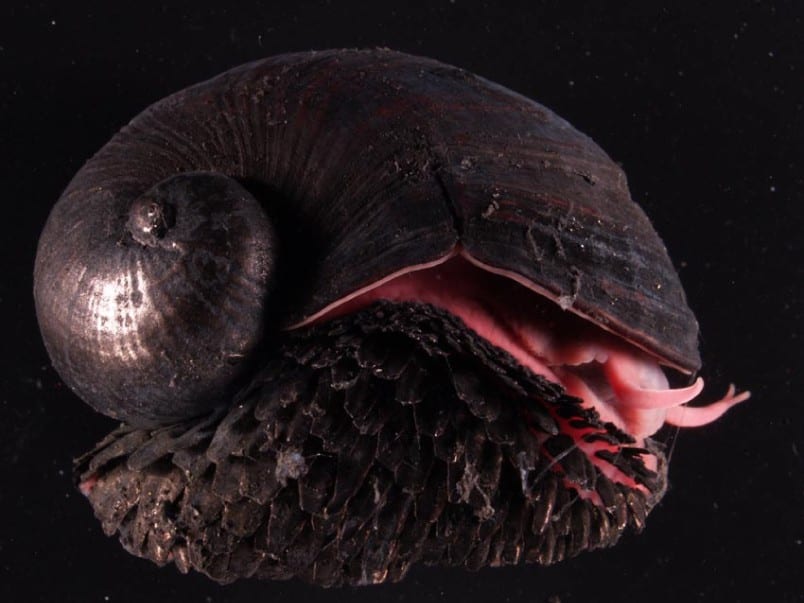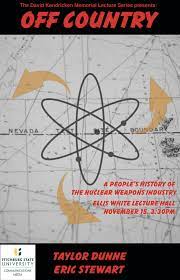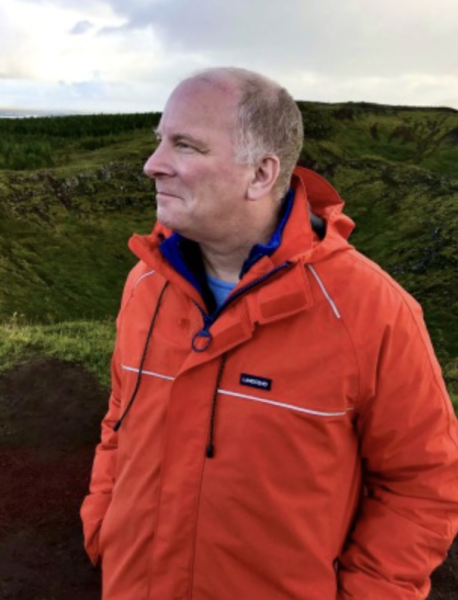“A Distinction Between Human Achievement and Scientific Exploration”: Reid Parsons Researches the Martian Ice Ages
October 28, 2022
The 21st century has brought about an abundance of scientific advancements, and even more scientific questions. Earth’s neighboring red planet, Mars, has been the concentration of astronomical and geological research for almost three decades. Recently, talk about sending humans to Mars or concepts about moving humanity to Mars have been in the limelight of potential scientific progression.
Reid Parsons, an Earth and Geographical Sciences professor at Fitchburg State University, has been on a more docile side of Mars related research studying the Martian Ice Ages for the past ten years.
Parsons completed his undergraduate studies at Cornell University, where he majored in Science and Earth Systems. “It was an integrated way of looking at the Earth,” elaborated Parsons. His major took an approach that didn’t individualize and separate oceanography and geology, but rather created a synthesized view of the Earth as an interacting set of systems.
His senior year he took a class called Climate Dynamics, which talked about the Earth’s climate and how it varies over time. The class showed Parsons that it was possible to study the climate of other planets like Mars and Venus through a comparison of Earth. Although the temperature cycles that these planets go through are very different from the Earth’s, they are also similar enough that they can be researched without having physical access to them.
“And that really fascinated me. That we could compare the Earth to other planets in our solar system,” said Parsons.
Reid Parsons graduated from the University of California, Santa Cruz, with a PhD in Planetary Science Programs. After graduation he was able to join the National Aeronautics and Space Association (NASA) where he began his intensive research on Mars’ climate. His research while working a two year position at NASA consisted of looking at rivers on Mars and how they may have formed.
“Even though there’s not liquid water there now there’s evidence that there was liquid water flowing over the surface at some point in the past,” said Parsons, “figuring out where that water went is kind of a big question for Mars.”
Just as Parsons was finishing up his PhD in Santa Cruz, NASA had begun to send spacecraft towards Mars to create global maps that allowed researchers to notice some features of the Red Planet that should not have been there.
“We were seeing what looked like glacial flow features, arc shaped viscous masses that look like they’ve been flowing like toothpaste over the Martian surface,” said Parsons, “but there isn’t any ice there. Now, when we look at it, we only see rocks and dust.”
Parsons is referring to the trait ice displays when put under large amounts of pressure. When layers of ice are pushed down on by thicker layers of ice, due to the pressure the ice will begin to flow out much like a thick liquid. “Those areas are in places not near the poles, so they’re closer to the equator, and ice is only at the poles of Mars today,” said Parsons.
Much of Parsons’ research begs the question of how the ice arrived on Mars in the first place. “Ice can’t just snow out on the Martian surface and stay in those places, there’s not enough atmosphere for that to ice to stay as ice,” he said, “it’ll just go right back up into water vapor.”
This is when astronomers began to do some calculations and realized that Mars was deeply affected by a certain wobble effect. “The tilt of Mars has made it possible for ice that is at the pole to evaporate and go back as ice deposits in other parts of the planet,” said Parsons.
Geologists on Earth have been able to predict a similar occurrence on Earth through the use of computer models that predict the way that ice will flow in Greenland and Antarctica. Parsons has taken these computer models and applied them to very different conditions.
“I can change the model. I can change the gravity. I can change the temperature so it matches that for Mars,” said Parsons, “I can create simulations of how ice flows under Martian conditions.”
What Parsons has found is that it is a very slow process on Mars. Glaciers on Earth are able to travel between ten meters to a mile every year. Although this seems fairly slow already, because it’s so cold on Mars the ice becomes even more viscous. “It doesn’t flow nearly as easily,” said Parsons.
Much of Parsons’ inspirations and motivations stem from his childhood endeavors and growing up in Colorado. “Growing up in the outdoors, I was really interested in the surroundings we got to see going on hikes and rafting trips through the canyon,” said Parsons, “I got really fascinated with the Earth’s history and how the Earth tells its own story in its rocks.”
At this point in his life, Parsons didn’t know that he was interested in Mars, he was simply absorbed in the natural history of his planet. Parsons looked back at a time where he could go out on hikes and find fossils in thin layers of shale rock. He was dumbfounded by these fish scales and fossil fish that he could pull out of the rocks.
“How the heck are there fish in a place that looks like this,” recalled Parsons. The terrain of his hometown was very rocky and had an extremely dry climate. He noted that it was a high elevation desert, so they hardly experienced any precipitation.
“But you know, those rocks are telling us that at one point, many millions of years ago, there was a lake here,” said Parsons, “and that just really blew my mind.”
Despite being central on Mars, Reid Parsons’ research roots itself in a celebration of Earth. “My overall goal is to really gain an appreciation for Earth and how unique and valuable the conditions that we have are,” said Parsons.
This appreciation seeps into the way he teaches as well. “I have this desire to communicate to other people, especially students, that the Earth is a very unique place.”
This ideology differed from that of big name billionaires and science funders like Elon Musk. Although Musk advocates for space exploration and living on other planets, Parsons’ curiosity is detached from the desire to seek a new home.
“I think that the human space program to go to other objects in our solar system, specifically Mars, is not necessarily scientifically motivated,” said Parsons, “I am deeply interested in that history, but going there and trying to live there is, in my mind, […] out of a human desire to achieve something that is very challenging.”
Parsons finds the desire to overcome a challenge inspiring, but he isn’t scientifically inspired with the pursuit of living on Mars. “I draw that distinction between doing something for the sake of human achievement as opposed to doing something for the sake of scientific exploration.”
Reid Parsons’ research on the Martian Ice Ages is a scientific sign of the time, a sign that gives hope of what could be accomplished in the future. Although Parsons’ dreams of being able to witness the monumental possibility of humans landing on Mars, he’d rather appreciate what he has on this planet.





















